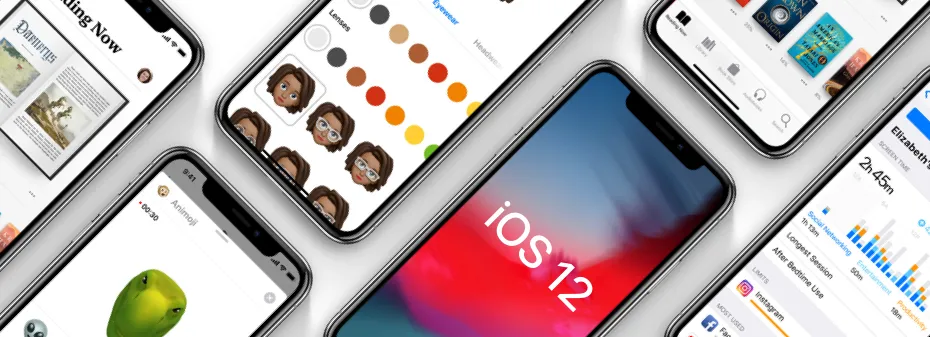
iOS 12 — What’s New? Part I

Every summer Apple announces to developers a new version of its main software product – iOS – and every autumn it becomes available to end users. When should we consider it and start to make use of it from a business perspective? The answer is — the sooner the better!
Let’s list the main new features and frameworks launching in iOS 12, focusing on those points that matter for products built around iPhone and iPad apps. We’ll skip things that obviously appear in each new version and which may be expressed in just a couple of words: performance optimisations and UI polishing. But these are maybe the main reason explaining what makes Apple’s mobile operating system so delightful for users.
What’s new
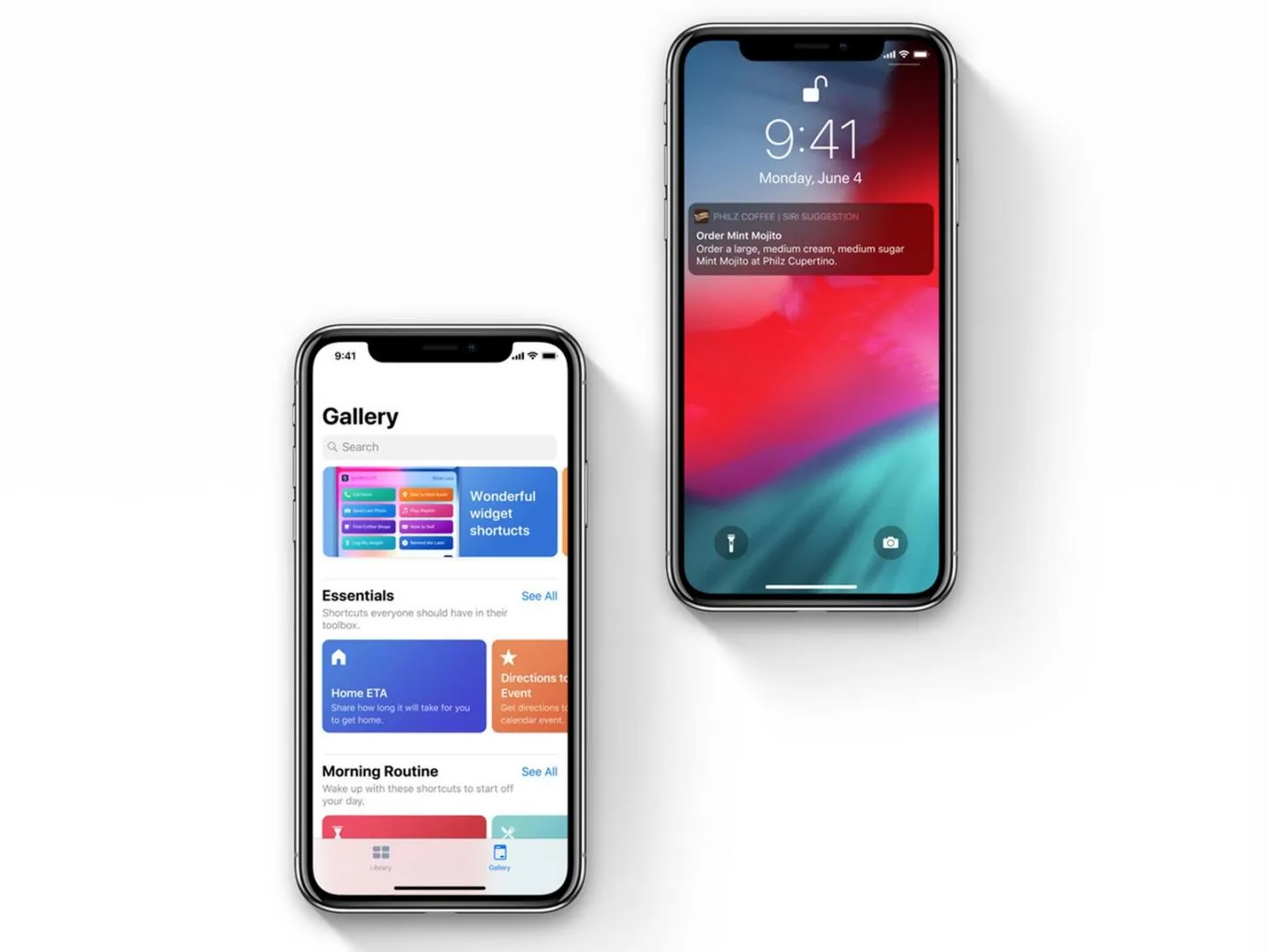
This section reflects Apple’s version of what’s important in iOS 12 – but we decided not to stop here and have offered our own vision on each point as well.
ARKit 2

Augmented reality (AR) has definitely been a major trend
- If limitations of the ARKit have been holding you back from integration, it’s time to consider this again, keeping in mind new possibilities. Finally, it’s possible to share an AR scene between several devices, save a scene for later usage or bind it to a physical location. You don’t need to use third-party markers or unreliable duct-tape solutions to seamlessly integrate AR into a real-world environment.
Siri Shortcuts

There is a new Siri integration vector called Shortcuts. Your app may share information about possible user actions with the system, making it possible for Siri to suggest the most relevant of them to
While sounding promising, this feature is still very limited for third-party players compared with what is already implemented in standard Apple apps. But don’t get me wrong, this doesn’t mean you don’t need this feature. It’s a cool new way of interaction, and users are loving this invisible presence that turns “just a service” into “The Service”. Would your Clock app still be nice if you had to run a separate application whenever you wanted to know what time it was? I believe it would be terrible.
- Now you have an opportunity to deliver content and actions from your app in the same manner — straight to the
lockscreen .
Health Records
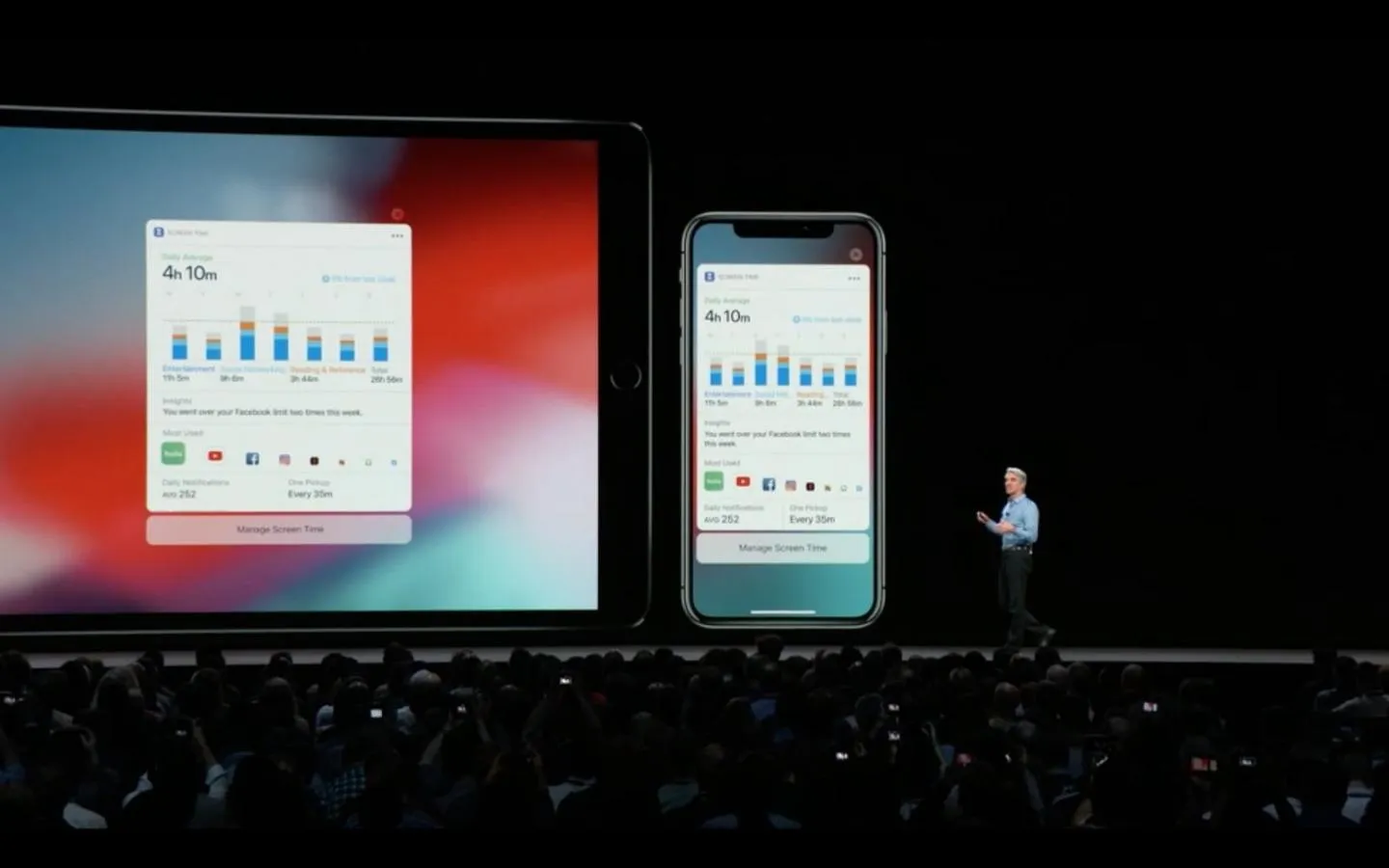
Apple has added support for reading Fast Healthcare Interoperability Resources (FHIR) from the HealthKit store – quite a specific feature, but for a healthcare-centric
Effects
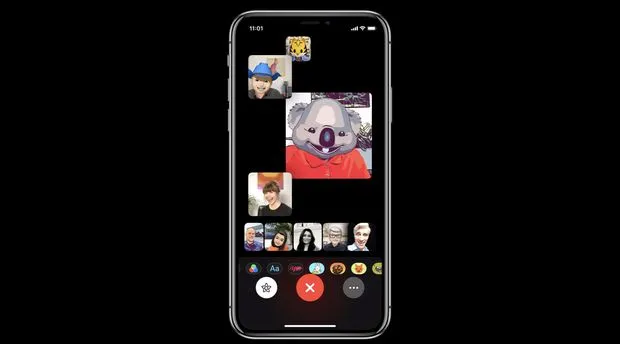
Sticker packs or iMessage apps can now appear as effects in Messages and FaceTime. Well, good for them. It looks like stickers and smileys of any kind have already been a beloved theme of the last several Apple events. I beg your pardon, but from a B2C app developer’s perspective, these are nothing.
Interactive Controls in Notifications
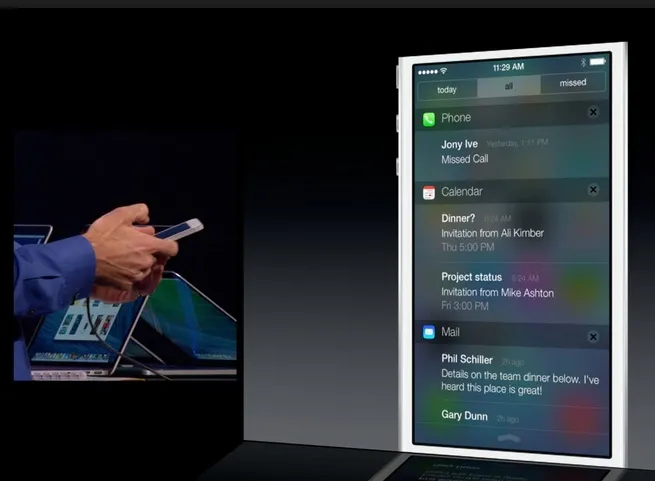
And, finally, we’re onto a vital point. This innovation is something that concerns virtually every application on the
The option to display custom rich content within notifications has already been around for a couple of years and is, sort of, in the same breath as Siri integration. Your app resembles one part of a whole ecosystem, seamlessly delivering some value to the user without requiring them to take unnecessary actions. You should simply undertake not to bother with too many notifications. Public research suggests that obsessive use of push notifications is the primary reason behind uninstalling of apps. But if you’re solving a user’s problem without forcing them to dig through the app, they’ll stay grateful and loyal.
- Starting from iOS 12 we are able not only to show content inside a
notification, but also to get instant feedback from the user via custom controls built into it. Therefore, notification alerts can offer a first-class user experience making use of your app-specific visual language.
The next new feature from iOS 12, which also concerns pushes, is the ability to silently deliver notifications before requesting a user’s permission. This way we can first make friends with the user and only
… until you have the Critical Alerts feature enabled in the app. This is one more new entitlement, which may be given by Apple to those apps that deal with genuinely critical information, e.g. relating to healthcare. If an app has this entitlement, it may deliver notifications even in Do Not Disturb mode, or during Downtime. Downtime is a new way for the user to manage the level of distraction they enable for the phone.
There is also an Instant Tuning feature on the History screen, which allows notification permissions to be quickly toggled for each app individually. This provides significant power without forcing the user to deal with the entangled Settings app structure.
Conclusion
There is a strong correlation between the speed of adoption of new technologies and the success of an app. Each time there is something new in the system, users want to give the cool new features a try – and if you’re in a first wave, you have a good chance of being noticed. So, adopting early is a good strategy if you need to expand your audience.
These are only part of iOS12’s litany of new features you should take into account when planning your own app. Read more about the updates in our blog this week or just drop us a line to discuss these new opportunities with regards to your project.





